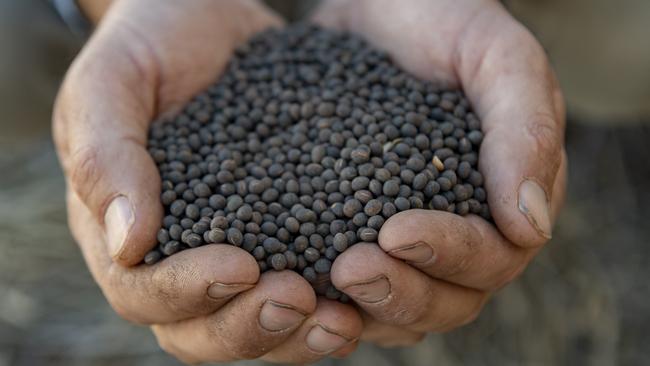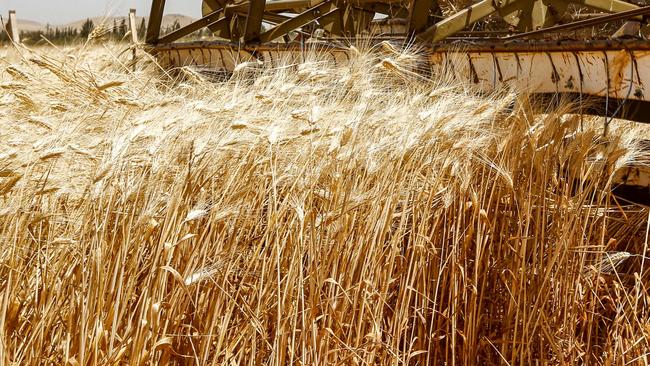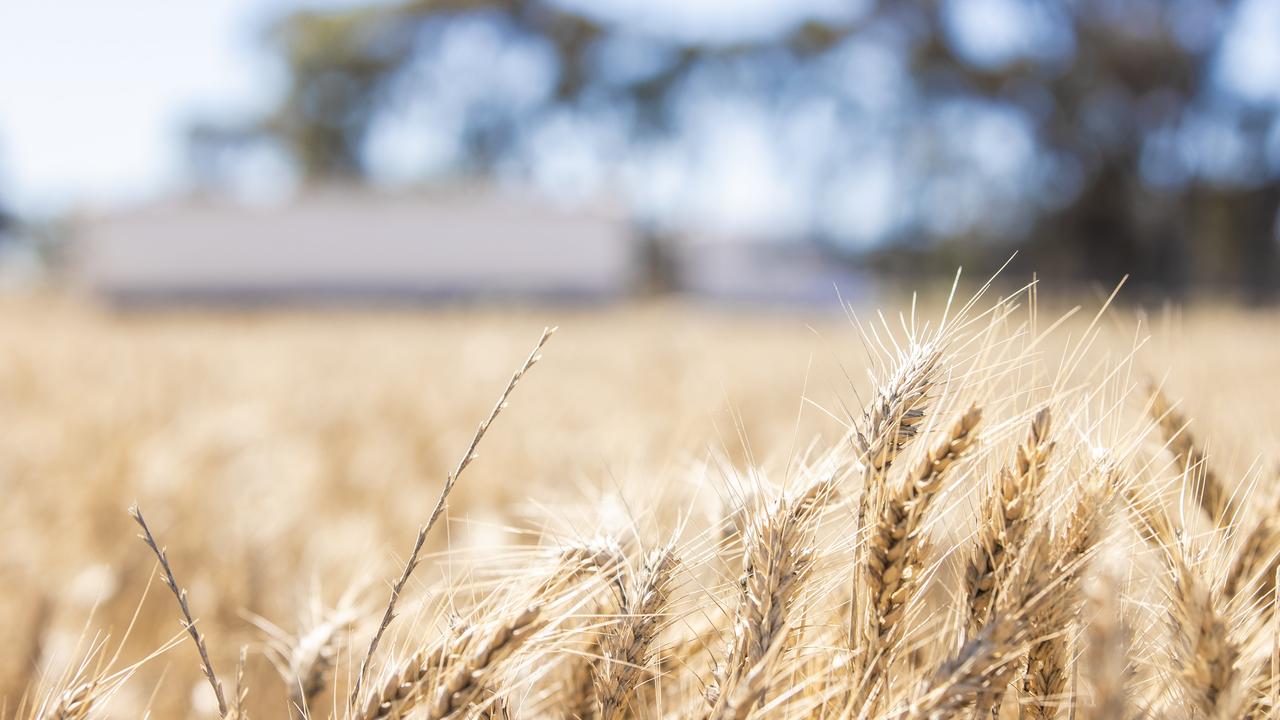Hay prices, wheat harvest: Lack of quality protein hay impacts producers
Despite a difficult harvest indicators are suggesting a record year for wheat production, while the hay market continues to take shape.

Hay prices are increasing on the back of lower supply but a particular shortage of protein hay is impacting a vast number of livestock producers.
Hay prices are increasing on the back of lower supply but a particular shortage of protein hay is impacting a vast number of livestock producers.
Fortunately, early indicators suggest that vetch hay production could bounce back next season.
Vetch crops had huge potential last August.
As the warmer weather kicked in, the biomass began building nicely only to be decimated by the relentless weekly 40 to 50mm rain.
Vetch is notoriously difficult to bale.

In wet weather the leaf is prone to rot quickly in the windrow and in the dry it remains fragile and can easily shatter during baling.
Yet vetch finds willing buyers eager for its combination of palatable fibre and protein.
Last year some experienced hay growers made the call early, spraying their vetch paddocks with desiccants and incorporating the biomass as a brown manure.
Also concerned with the weather, a smaller number of growers decided to harvest crops as seed.
It is estimated that less than 10 per cent of the area sown to vetch was ultimately baled as hay.
Prime vetch hay is a rarity in today’s market as most vetch bales are dark and heavily weathered with energy under 8 ME units and crude protein under 19 per cent.
Even with this lower quality, the prices of vetch hay listed for sale in Victoria are still averaging over $300 a tonne ex farm.
High priced lucerne hay can meet some of the demand but the market for protein hay will remain tight this season.
Vetch needs to compete with other pulse crops for a place in crop rotations.
Although they are a key pulse crop in Victoria and South Australia, lentils are falling out of favour due to their poor performance in the wet season and their price.
With Canada returning to full production and importers struggling to access foreign currency, pulse prices are flat.
Nugget lentils are quoted by brokers at $755 a tonne delivered Melbourne. Of the prices over the last five years, this price is percentile 65 and below the $1000 a tonne of last May.
Indian tariffs are holding back desi chickpea prices which are sitting at percentile 25.
Vetch hay prices are percentile 75 and come with options of brown manure, grain or hay. Despite a season that was clearly not suited to hay, growers concede that vetch still has a role in their cropping rotations in 2023.
GRAIN TALK:
Despite one of the most prolonged and difficult harvests in years, all indicators suggest the 2022 Victorian wheat production was a record.
The growing season last year was eventful.
The February 24 invasion of Ukraine created a series of events that saw US wheat prices spike 60 per cent in just two months, attracting additional planted area across Australia.
In December, the government national forecaster ABARES forecast Victorian wheat production at 5.37m tonnes from an area of 1.550 million hectares.

This exceeds the post-harvest estimates of ABARES from two recent seasons that were each touted as records at the time.
The ABARES estimate for the 2010 crop was 4.089m tonnes from a reduced area of 1.476m hectares while the estimate for the 2016 crop was 5.2m tonnes.
The weather played a big role in this record.
The autumn break in mid-April was one of the earliest for many years and set up a perfect start for the season.
While the soil moisture conditions began well, growers faced strong head winds including input costs.
A global shortage of energy triggered by Ukraine, Ukrainian war saw high analysis fertiliser and agricultural chemicals price skyrocket.
Yet growers recognised the price incentives for higher production and fed their crops accordingly.
After a dry June and July, the rainfall began building in August and September.
The threat of fungal attack was present and the growers applied high cost fungicides to retain their optimal yields.
The threat of losing much of this potential kicked in during October and November when decile 10 rainfall fell over southeastern Australia.
The damaging floods and boggy paddocks prevented any ground-based field work for late applications of fertiliser and pesticides.
To achieve a record production such as this, the result hinges on favourable yields in the Wimmera and Mallee, the heart land of Victorian grain production.
During its mid-October assessment, the crop tour of the Grain Industry Association of Victoria (sponsored by Ridley AgriProducts) estimated the Mallee wheat crop would yield 4.5 tonnes a
hectare and 4.1 in the Wimmera.
An average wheat yield for the state of 3.9 tonnes a hectare, combined with area estimated via DAS satellite imagery, came to production estimate of 5.85m tonnes.
The fortunes for crops changed after this date as creeks rose and fungal disease chipped away at the yield potential.
After a laborious harvest of often tangled crops, most growers were rewarded with higher yields and quality than initially thought possible.
Analysts Lachstock Consulting estimate the Victorian wheat crop at a record 5.9m tonnes.
Australian Crop Forecasters also estimate a record crop and their estimate is 5.3m tonnes of wheat.
Total receivals into the central handling systems have been similar to or less than last year.
A noticeable increase in the number of grain bags in paddocks of the northern Wimmera and
southern Mallee suggest that growers continue to hold grain on farm rather than in the central
handling system.




